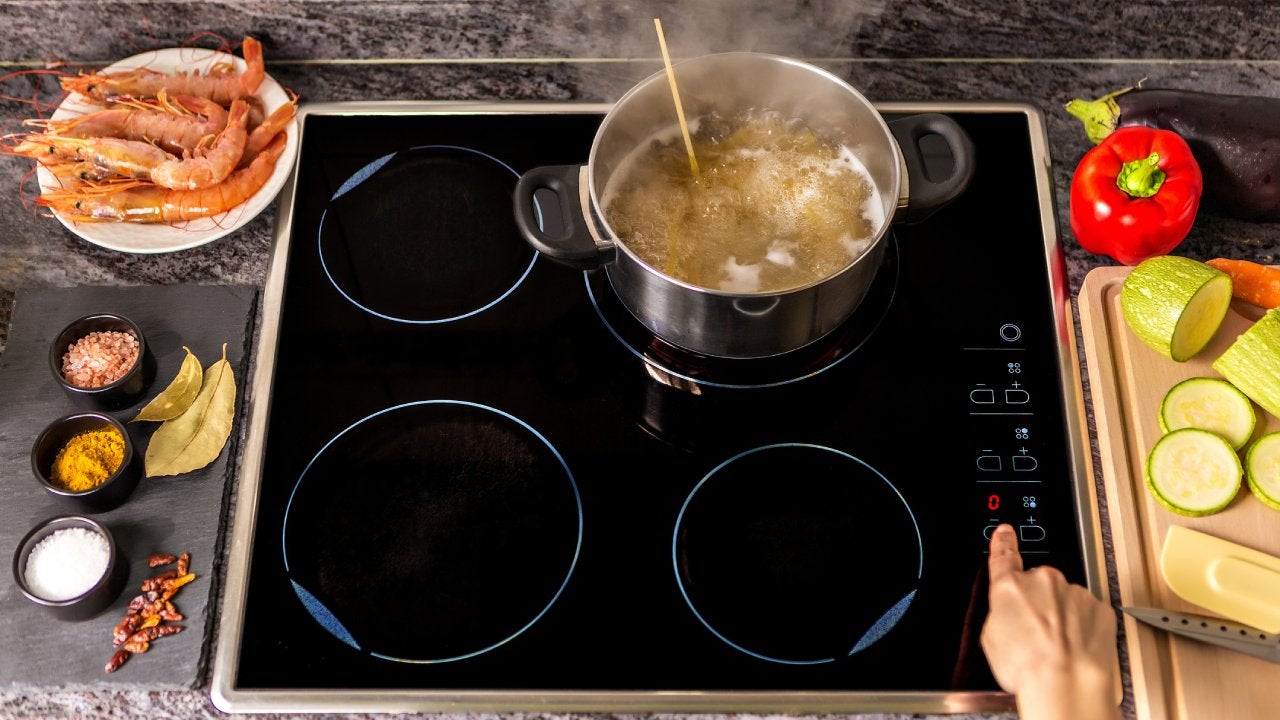

Articles
How Electric Stove Burners Work
Modified: February 29, 2024
Learn how electric stove burners work and get all the information you need on Articles. Discover the inner workings of electric stove burners and their efficiency.
(Many of the links in this article redirect to a specific reviewed product. Your purchase of these products through affiliate links helps to generate commission for Storables.com, at no extra cost. Learn more)
Introduction
Electric stoves have become a staple in modern kitchens, providing a convenient and efficient way to cook and prepare meals. At the heart of these appliances are the electric stove burners, which play a crucial role in heating pots and pans to cook food. Whether you’re a cooking enthusiast or just someone who enjoys making delicious meals at home, understanding how electric stove burners work can help you make the most of your cooking experience.
In this article, we will delve into the inner workings of electric stove burners, exploring the basic components, the process of heat generation, and how they can be safely and effectively controlled. By the end, you’ll have a deeper understanding of this essential kitchen appliance and the mechanisms that make it tick.
So, let’s jump right in and discover the fascinating world of electric stove burners!
Key Takeaways:
- Understanding the components and processes of electric stove burners, such as the heating element, control knobs, and heat regulation, empowers users to achieve precise and consistent cooking results while ensuring safety and efficiency.
- Regular maintenance and proper cleaning practices, along with awareness of safety features, are essential for optimizing the performance and longevity of electric stove burners, providing a safe and enjoyable cooking experience for years to come.
Read more: How To Remove Electric Stove Burners
Basic Components of an Electric Stove Burner
Electric stove burners consist of several key components that work together to provide the heat necessary for cooking. Understanding these components will give you a better idea of how the burner functions and how to effectively control it.
1. Heating Element: The heating element is the heart of the electric stove burner. It is typically made of a durable material, such as metal or ceramic, that is resistant to high temperatures. The heating element is responsible for converting electrical energy into heat energy, which is then transferred to the cookware.
2. Control Knobs: Control knobs provide a means of adjusting the heat output of the burner. They are usually located on the front panel of the stove and allow users to select the desired temperature setting. By turning the control knob, you can increase or decrease the flow of electricity to the burner.
3. Thermostat: The thermostat is a temperature-sensitive device that helps regulate the heat output of the burner. It constantly monitors the temperature and adjusts the flow of electricity accordingly to maintain a consistent level of heat. This ensures that your food is cooked evenly and prevents overheating.
4. Burner Coils: Burner coils are the visible part of the electric stove burner. They are made of a high-resistance wire that heats up when electricity passes through it. The coils are designed to distribute heat evenly across the cookware, ensuring uniform cooking and reducing the risk of hot spots.
By understanding these basic components, you can see how they work together to create a controlled and efficient cooking experience. In the next sections, we will dive deeper into the process of heat generation and how electric currents play a role in this fascinating process.
Heating Element
The heating element is the crucial component of an electric stove burner that is responsible for converting electrical energy into heat energy. It plays a vital role in providing the necessary heat to cook food on the stove. Let’s explore the heating element in more detail.
The heating element is typically made of a durable material that is resistant to high temperatures, such as metal or ceramic. It is designed to withstand repeated heating and cooling cycles without losing its effectiveness. This ensures that the heating element can provide consistent heat over an extended period.
When you turn on the stove burner by adjusting the control knob, an electric current flows through the heating element. The current passes through a high-resistance wire, causing it to heat up due to resistance. As the wire heats up, it radiates heat energy that is transferred to the cookware placed on top of it.
There are different types of heating elements used in electric stove burners, such as coil burners and smooth-top burners. Coil burners consist of a visible metal coil that heats up when electricity passes through it. Smooth-top burners, on the other hand, are made of a solid ceramic surface with embedded heating elements. These elements heat up when an electric current is applied.
The heating element plays a critical role in determining the heat distribution on the stove burner. It is designed to evenly distribute heat across the surface of the cookware, ensuring that your food is cooked uniformly. This reduces the chances of hot spots and helps prevent uneven cooking.
To ensure the longevity of the heating element, it is important to practice proper usage and maintenance. Avoid placing oversized or heavy cookware on the burner, as it can put excessive strain on the element. Clean the surface of the heating element regularly to remove any food residue or spills, as they can affect its performance.
Understanding the heating element of an electric stove burner is essential for optimizing your cooking experience. By having a good grasp of how it works, you can effectively control the heat output and cook your favorite dishes with precision and ease.
Control Knobs
Control knobs are essential components of an electric stove burner that allow users to adjust and control the heat output. They are typically located on the front panel of the stove and provide a simple and intuitive way to set the desired temperature for cooking. Let’s delve deeper into the role of control knobs in electric stove burners.
Control knobs are designed to adjust the flow of electricity to the heating element of the stove burner. By turning the knob, you can increase or decrease the heat output, controlling the intensity of the cooking process. They are often labeled with numbers or temperature settings, giving users a reference point for selecting the desired level of heat.
When the control knob is set to a higher temperature, it allows more electricity to pass through the heating element, resulting in increased heat generation. On the other hand, reducing the temperature setting lowers the flow of electricity, reducing the heat output accordingly.
Most electric stove burners have multiple control knobs, allowing users to independently adjust the heat output of each burner on the stove. This provides flexibility and the ability to cook multiple dishes simultaneously at different temperatures.
Control knobs can come in different designs and styles. Some knobs have a simple dial that you turn to adjust the heat, while others may feature digital displays or touch controls for more precise temperature control. Regardless of the design, the principle remains the same – turning the knob adjusts the flow of electricity to the heating element.
It is important to note that control knobs should be used with caution and precision. Adjusting the temperature too quickly or using excessive force when turning the knob can potentially damage the stove’s internal mechanisms. Therefore, it is always advisable to handle control knobs gently and adhere to the manufacturer’s instructions for proper usage.
Control knobs play a crucial role in giving users control over the heat output of their electric stove burner. By understanding how to effectively utilize these knobs, you can achieve the desired cooking results and create delicious meals with ease.
Thermostat
The thermostat is a critical component of an electric stove burner that helps regulate the heat output and maintain a consistent cooking temperature. It is a temperature-sensitive device that continuously monitors the temperature and adjusts the flow of electricity to the heating element accordingly. Let’s explore the role of the thermostat in more detail.
The thermostat is typically located near the heating element or integrated into the control panel of the stove. It consists of a sensor that detects the temperature and a control mechanism that adjusts the electrical flow based on the desired temperature setting.
When you set the temperature using the control knob, the thermostat comes into action. If the temperature in the vicinity of the heating element falls below the set temperature, the thermostat sends a signal to increase the flow of electricity. This leads to more heat being generated, raising the temperature to the desired level. Conversely, if the temperature exceeds the set temperature, the thermostat signals the electrical flow to decrease, reducing the heat output.
The thermostat’s ability to maintain a consistent temperature is crucial for achieving even cooking results. It ensures that the heat output remains steady throughout the cooking process, preventing drastic fluctuations that can lead to overcooking or undercooking of food.
Some advanced electric stove burners feature adjustable thermostats that allow users to fine-tune the temperature settings within a certain range. This provides greater flexibility and precision in achieving the desired cooking results.
Modern thermostats are designed to be reliable and accurate, ensuring that the temperature remains consistent. However, it is important to note that the actual temperature inside the cookware may vary slightly from the set temperature due to factors like heat loss and fluctuations in ambient temperature.
In addition to maintaining a consistent temperature, thermostats also play a crucial role in safety. They have built-in safety features that prevent the stove from overheating. If the temperature exceeds a certain threshold, the thermostat will automatically cut off the electrical flow to the heating element, preventing any potential damage or hazards.
Understanding the role of the thermostat in an electric stove burner is essential for achieving precise temperature control and ensuring safe and consistent cooking. By working in tandem with the control knob and heating element, the thermostat helps create a controlled and efficient cooking experience.
Read more: How To Fix Electric Stove Burners
Burner Coils
Burner coils are an integral part of electric stove burners, providing the visible heating surface that contacts the cookware. They are made of a high-resistance wire that heats up when electricity flows through it. Burner coils play a crucial role in distributing heat evenly, ensuring uniform cooking and optimal heat transfer. Let’s take a closer look at how burner coils work in an electric stove burner.
The burner coils, also known as heating coils or heating elements, are typically located beneath the solid surface of the stove burner. When the stove is turned on and the electrical current is applied, the burner coil heats up rapidly due to the resistance of the wire.
The high-resistance wire used in the burner coils is designed to withstand the heat generated and maintain its durability over time. It is typically made of a material such as nichrome, which has excellent electrical and thermal properties. This ensures that the burner coils can reach high temperatures quickly and provide effective heat transfer to the cookware.
One of the key advantages of burner coils is their ability to distribute heat evenly across the surface of the cookware. The coiled design allows for optimal surface contact, ensuring that every part of the pot or pan receives heat. This helps prevent hot spots and promotes uniform cooking throughout.
Electric stove burners often have multiple burner coils of different sizes to accommodate various cookware sizes. For example, a stove might have a larger coil for larger pots and a smaller coil for smaller pans. This flexibility allows users to select the appropriate burner coil size based on their cookware, maximizing energy efficiency and ensuring efficient heat transfer.
While burner coils are effective for heat distribution, they can be challenging to clean due to their exposed design. Food and spills can easily accumulate on the coils, affecting their performance if not cleaned regularly. It is crucial to follow the manufacturer’s guidelines for cleaning and maintenance to ensure optimal functioning of the burner coils.
In modern electric stoves, smooth-top burners have become prevalent. They feature a smooth ceramic surface with embedded heating elements beneath it. These burners offer a sleek and easy-to-clean alternative to traditional burner coils, while still providing efficient heat transfer.
Understanding the role of burner coils in an electric stove burner is essential for optimizing cooking performance. By utilizing the even heat distribution and flexibility of burner coils, you can create delicious meals with precision and consistency.
When using an electric stove burner, make sure to match the size of the pot or pan to the size of the burner to ensure even heating and efficient cooking.
Electric Current Flow
Electric current flow is a fundamental aspect of how an electric stove burner operates. It is the movement of electric charge through a circuit, allowing the burner to generate heat. Understanding how electric current flows in an electric stove burner can provide valuable insights into its functionality. Let’s explore the process of electric current flow in more detail.
When you turn on an electric stove burner, you are essentially completing an electrical circuit. The burner is connected to a power source, such as a household electrical outlet, which supplies the necessary voltage. Voltage is the force that drives the electric current to flow.
Inside the electric stove burner, there’s a circuit that consists of various components such as the heating element, control knobs, thermostat, and wiring. The heating element, made of a high-resistance wire, acts as the main conductor through which the electric current flows.
As you adjust the control knob to the desired temperature, it signals the thermostat to regulate the electrical flow. The thermostat monitors the temperature and adjusts the flow of current through the heating element accordingly. When the current passes through the heating element, it encounters resistance, causing the wire to heat up and emit heat energy.
The electric current flows in a continuous loop, starting from the power source, passing through the heating element, and returning back to the power source. This flow of current is enabled by the conductive properties of the wiring and other components in the circuit.
It is important to note that the electric current flow in an electric stove burner is a closed-loop circuit, meaning it does not leave the system. The current does not pass through the cookware; instead, it generates heat within the heating element, which is then transferred to the cookware through conduction.
The amount of electric current flowing through the heating element is controlled by the thermostat and the position of the control knob. Increasing the temperature setting allows more current to flow, resulting in higher heat output from the burner. Decreasing the temperature setting limits the current flow, reducing the heat output accordingly.
Understanding the flow of electric current in an electric stove burner is essential for efficient cooking and maintaining a safe operating environment. By having a grasp of this process, you can effectively control the heat output, optimize energy usage, and ensure proper functioning of the burner.
Heat Generation
Heat generation is at the core of how an electric stove burner functions. It is the process by which electrical energy is converted into heat energy, allowing the burner to heat up and cook food. Understanding how heat is generated in an electric stove burner can give you valuable insights into its operation. Let’s dive deeper into the process of heat generation.
The main component responsible for heat generation in an electric stove burner is the heating element. The heating element is typically made of a high-resistance wire, such as nichrome, which has excellent electrical and thermal properties. When an electric current flows through the heating element, its resistance causes the wire to heat up rapidly.
The high-resistance wire is designed to withstand the high temperatures generated and maintain its durability. As the wire heats up, it radiates heat energy that is transferred to the cookware placed on top of the burner.
The amount of heat generated by the heating element is directly proportional to the flow of electric current passing through it. When you adjust the control knob on the stove, it regulates the current flow to the heating element. Increasing the temperature setting allows more electric current to flow, resulting in higher heat output from the burner. Decreasing the temperature setting limits the current flow and reduces the heat generated.
The heat generation process is efficient and quick in electric stove burners. Unlike gas burners, which rely on combustion to produce heat, electric stove burners do not require a flame or fuel. This eliminates the need for gas lines or constant refills, making electric stoves more convenient and safer to use.
One advantage of heat generation in an electric stove burner is its ability to distribute heat evenly. The burner coils or smooth-top surface of the burner helps distribute the generated heat uniformly across the cookware, allowing for consistent and uniform cooking results.
It’s essential to note that heat generation in an electric stove burner is instantaneous. As soon as the current flows through the heating element, it starts generating heat, allowing for quick heat-up times. This can be especially beneficial for time-sensitive cooking tasks.
Understanding the process of heat generation in an electric stove burner can help you optimize your cooking experience. By effectively controlling the heat output and leveraging the even heat distribution, you can cook your favorite meals with precision and achieve delicious results.
Heat Regulation
In an electric stove burner, heat regulation is a crucial aspect of maintaining the desired cooking temperature. It involves controlling the flow of electricity to the heating element and ensuring a consistent level of heat output. Understanding how heat regulation works in an electric stove burner can help you achieve precise cooking results. Let’s explore the process of heat regulation in more detail.
The control knobs play a key role in heat regulation. When you adjust the control knob, it signals the stove’s thermostat to monitor the temperature. The thermostat acts as a temperature-sensitive device that constantly measures the heat level and adjusts the flow of electricity accordingly.
If the temperature detected by the thermostat falls below the desired temperature, it increases the flow of electricity to the heating element. This results in higher heat generation, raising the temperature to the set level. Conversely, if the temperature exceeds the desired temperature, the thermostat reduces the flow of electricity, consequently reducing the heat output. By continuously monitoring and adjusting the electrical flow, the thermostat helps maintain a consistent cooking temperature.
Heat regulation is vital for achieving even cooking results. It ensures that the heat output remains steady throughout the cooking process, preventing fluctuations that can lead to overcooking or undercooking of food. With proper heat regulation, you can have greater control over the cooking process and achieve consistent and delicious results.
Modern electric stove burners often come with advanced features that enhance heat regulation. Some models offer precise temperature control options, allowing you to set specific temperatures for different cooking tasks. This level of control enables you to fine-tune the heat output to suit your specific cooking requirements.
In addition to heat regulation provided by the thermostat, electric stove burners may also incorporate safety features. For instance, some models include an automatic shut-off system that cuts off the electricity to the heating element if it reaches a certain temperature threshold. This prevents overheating and reduces the risk of accidents.
Understanding heat regulation in an electric stove burner allows you to optimize your cooking experience. By leveraging the control knobs, thermostat, and other features, you can achieve precise and consistent heat levels, cooking your favorite dishes to perfection.
Read more: How To Measure Electric Stove Burners
Safety Features
Safety is paramount when it comes to electric stove burners, and manufacturers have incorporated various safety features to mitigate risks and ensure a secure cooking environment. These safety features are designed to protect users from potential accidents and hazards. Let’s explore some of the common safety features found in electric stove burners.
1. Automatic Shut-off: Many electric stove burners are equipped with an automatic shut-off feature. This safety mechanism is designed to prevent overheating and potential damage. If the temperature reaches a certain threshold, the shut-off system will activate, cutting off the flow of electricity to the heating element. This helps prevent fires and reduces the risk of accidents caused by excessive heat.
2. Indicator Lights: Some electric stove burners include indicator lights that notify users when the burners are still hot, even after they have been turned off. These lights serve as a visual reminder to exercise caution and prevent accidental burns from touching hot surfaces. Indicator lights are particularly helpful for households with young children to ensure their safety.
3. Child Lock: A child lock feature is present in some electric stove burners to prevent children from accidentally turning on the burners or adjusting the heat. This safety measure tackles the risk of burns or injuries that may occur due to unauthorized access to the stove by young children.
4. Residual Heat Indicator: This feature, commonly found in smooth-top electric stove burners, alerts users when the surface is still hot even after it has been turned off. The residual heat indicator serves as a warning not to touch or place any flammable materials on the surface until it has cooled down completely.
5. Overheat Protection: Overheat protection is a feature that safeguards the stove burner by automatically shutting it down if the internal components reach a dangerous temperature. This prevents damage to the stove and reduces the risk of fires caused by overheating.
6. Sensing Technology: Some advanced electric stove burners employ sensing technology to detect when a pot or pan is removed from the burner. When the cookware is no longer present, the burner automatically switches off to prevent accidents caused by unattended cooking.
These safety features provide peace of mind and ensure a secure cooking environment. It is important to familiarize yourself with these features and follow the manufacturer’s recommendations for safe usage of the electric stove burner.
Remember, as with any kitchen appliance, it is essential to exercise caution and good safety practices when using an electric stove burner. Always keep flammable materials away from the burner, avoid leaving the stove unattended, and follow proper maintenance and cleaning procedures to keep the burner functioning optimally and safely.
Maintenance and Cleaning
To ensure optimal performance and longevity of your electric stove burner, regular maintenance and proper cleaning practices are essential. By taking care of your stove burner, you can extend its lifespan and maintain a safe and efficient cooking environment. Let’s explore some key maintenance and cleaning tips for electric stove burners.
1. Regular Inspection: Periodically inspect your electric stove burner for any signs of damage, wear, or loose components. Check the control knobs, thermostat, and heating elements to ensure they are in good working condition. If you notice any issues, promptly address them by contacting a professional technician for repairs or replacements.
2. Cleaning the Surface: Wipe the surface of the stove burner regularly to remove any spills or food particles. For smooth-top burners, allow the surface to cool completely and then use a non-abrasive cleaning agent specifically designed for smooth-top surfaces. Avoid using harsh chemical cleaners or abrasive materials that can scratch or damage the surface.
3. Cleaning the Burner Coils: If your electric stove burner has coil elements, it’s important to clean them regularly. Remove the coils according to the manufacturer’s instructions and clean them with warm soapy water. Be sure to dry them thoroughly before placing them back on the burner. Avoid excessive moisture that can cause damage to the electrical components.
4. Clean the Control Knobs: Control knobs can accumulate grime and grease over time. To clean them, gently remove the knobs and wash them with warm soapy water. Dry them thoroughly before placing them back on the stove. Avoid using excessive force when reattaching the knobs to prevent damage to the control mechanism.
5. Clean the Drip Pans: Drip pans or trays beneath the burners collect spills and food debris. Remove them and wash them with warm soapy water regularly. If the drip pans are non-removable, wipe them clean with a damp cloth.
6. Avoid Abrasive Tools: When cleaning your electric stove burner, avoid using abrasive tools, like steel wool or harsh scrub brushes. These can scratch and damage the surfaces. Instead, opt for non-abrasive cleaning tools such as soft cloths or sponges.
7. Follow Manufacturer’s Instructions: Always consult the manufacturer’s instructions for specific cleaning and maintenance guidelines for your electric stove burner. Different models may have specific requirements or recommendations that should be followed for optimal performance and safety.
By incorporating these maintenance and cleaning practices into your routine, you can keep your electric stove burner in top shape. A well-maintained stove burner not only enhances cooking performance but also ensures a safe and enjoyable cooking experience for years to come.
Conclusion
Understanding how an electric stove burner works is essential for harnessing its full potential in your kitchen. From the basic components to the intricate processes of heat generation and regulation, each element plays a crucial role in providing efficient and controlled cooking experiences.
Through this article, we have explored the fundamental components of an electric stove burner, including the heating element, control knobs, thermostat, burner coils, and safety features. We have also covered the processes of electric current flow, heat generation, heat regulation, and the importance of proper maintenance and cleaning.
Electric stove burners offer convenience, precision, and safety in cooking. They eliminate the need for an open flame and provide reliable and consistent heat distribution. Whether you’re a professional chef or a passionate home cook, having a good understanding of how electric stove burners function can help you achieve delicious and evenly cooked meals.
Remember to follow safety precautions and practice regular maintenance to ensure the longevity and optimal performance of your electric stove burner. Clean the surface, burner coils, control knobs, and drip pans regularly, following the manufacturer’s instructions.
Finally, make sure to consult the specific user manual for your electric stove burner to understand any unique features or guidelines specific to your appliance. Each model may have its nuances and recommendations that will contribute to safe and effective usage.
By applying this knowledge and practicing good cooking habits, you can elevate your culinary experience and enjoy the benefits of an electric stove burner for many years to come.
Frequently Asked Questions about How Electric Stove Burners Work
Was this page helpful?
At Storables.com, we guarantee accurate and reliable information. Our content, validated by Expert Board Contributors, is crafted following stringent Editorial Policies. We're committed to providing you with well-researched, expert-backed insights for all your informational needs.
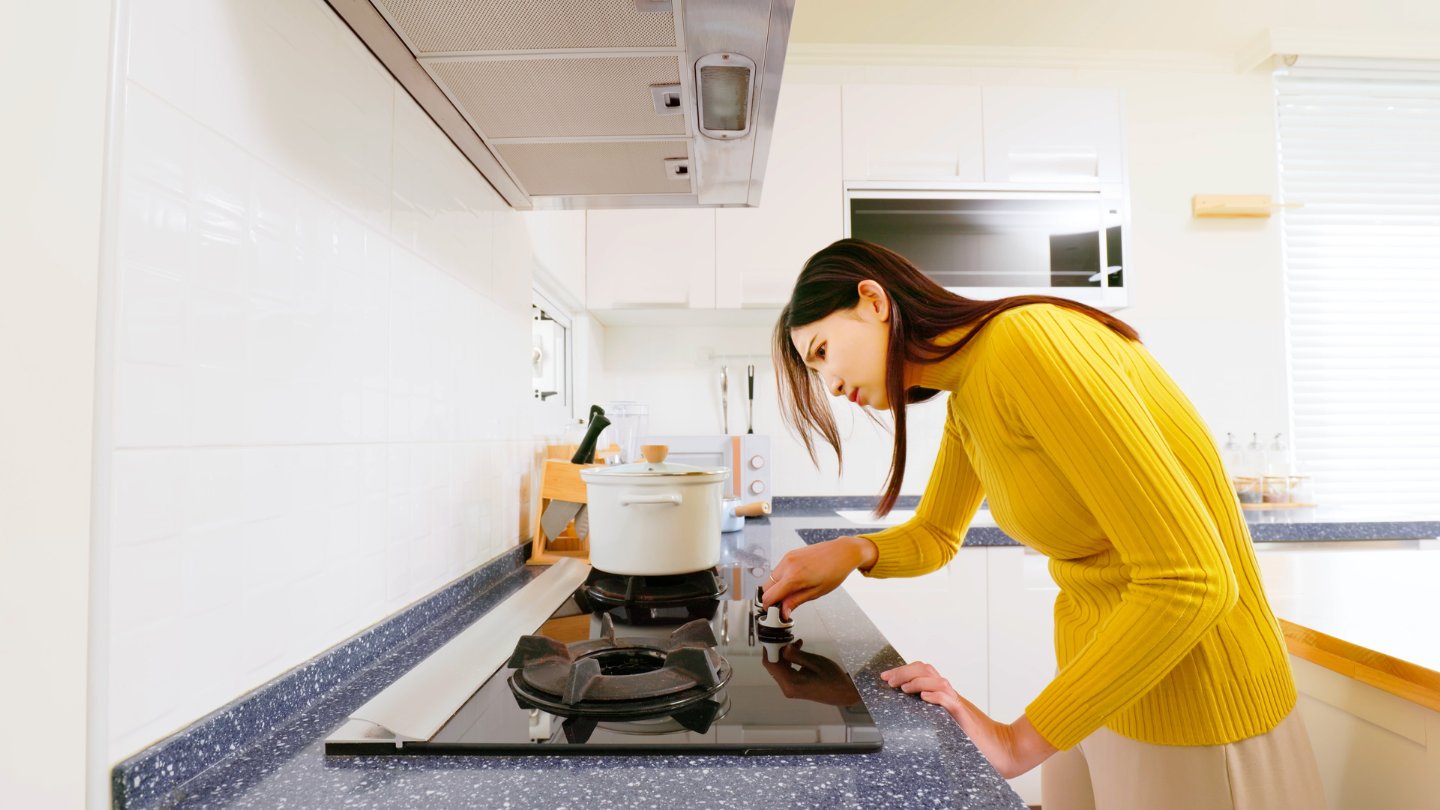
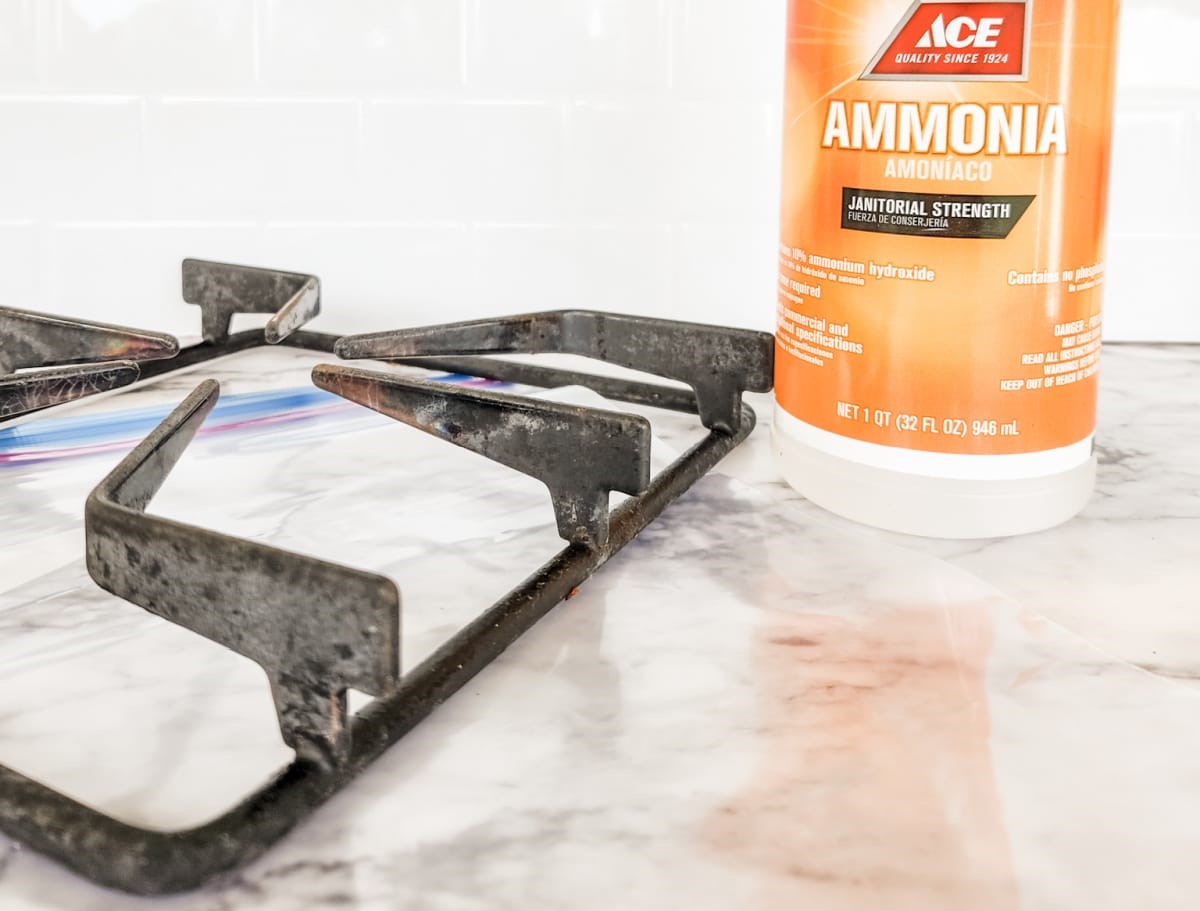
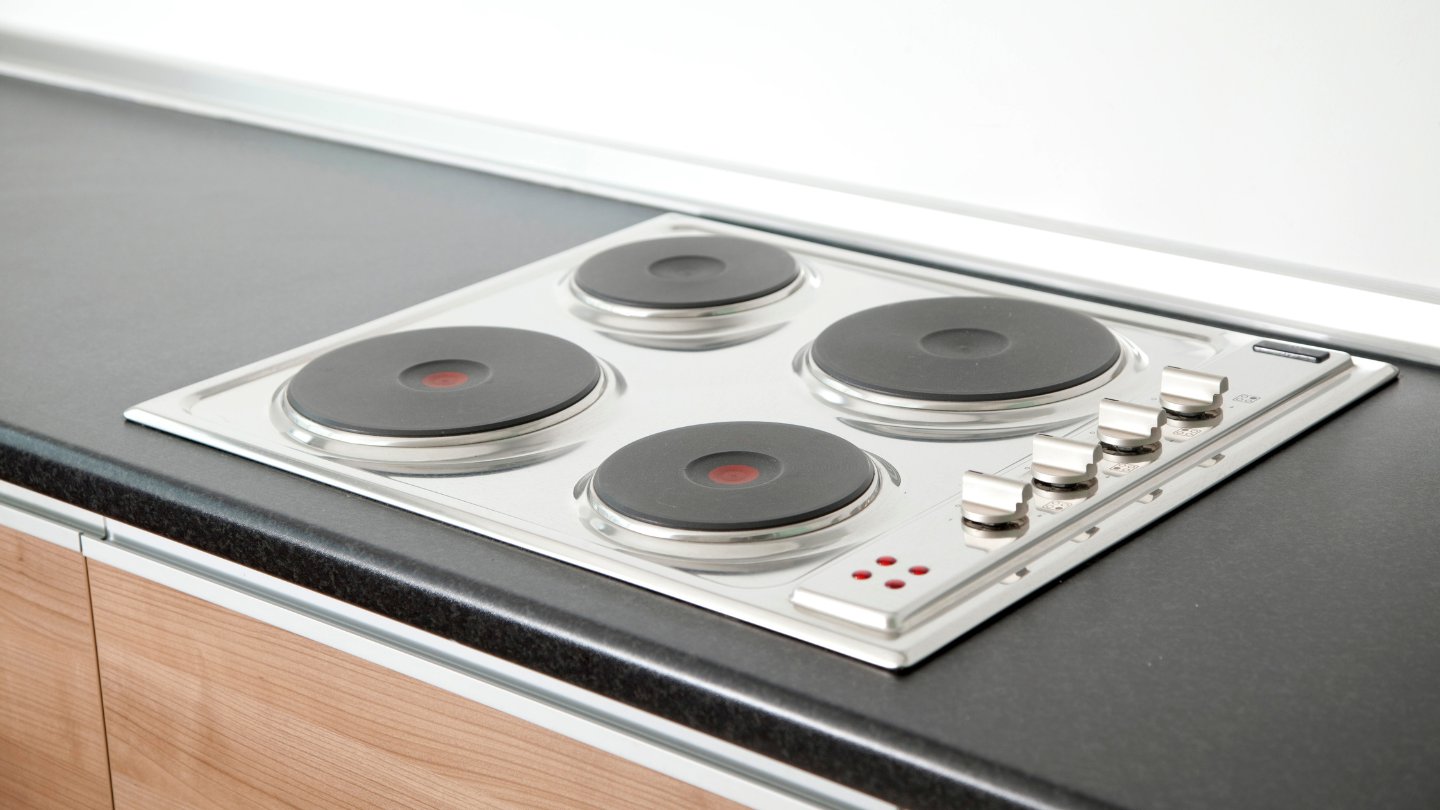
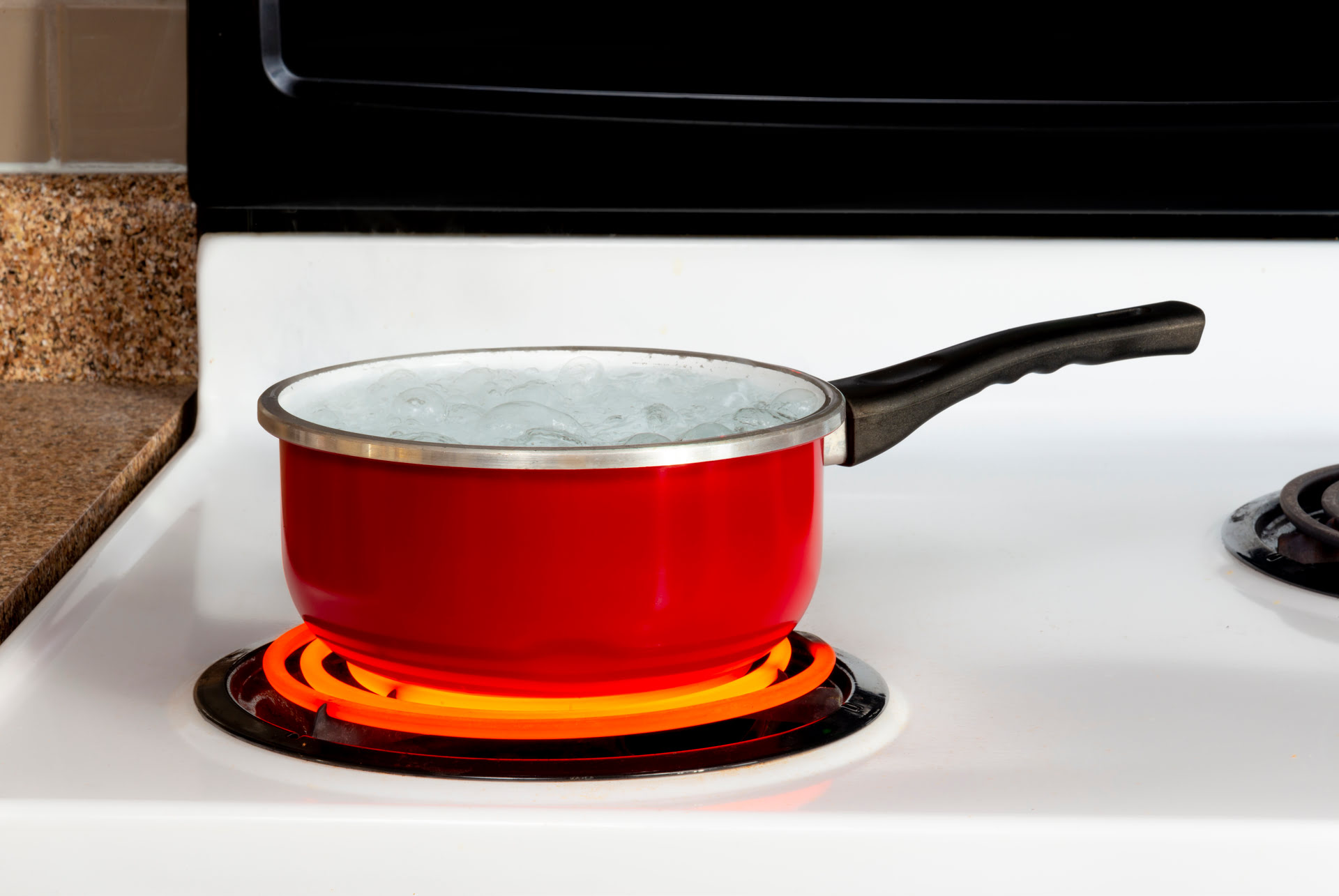
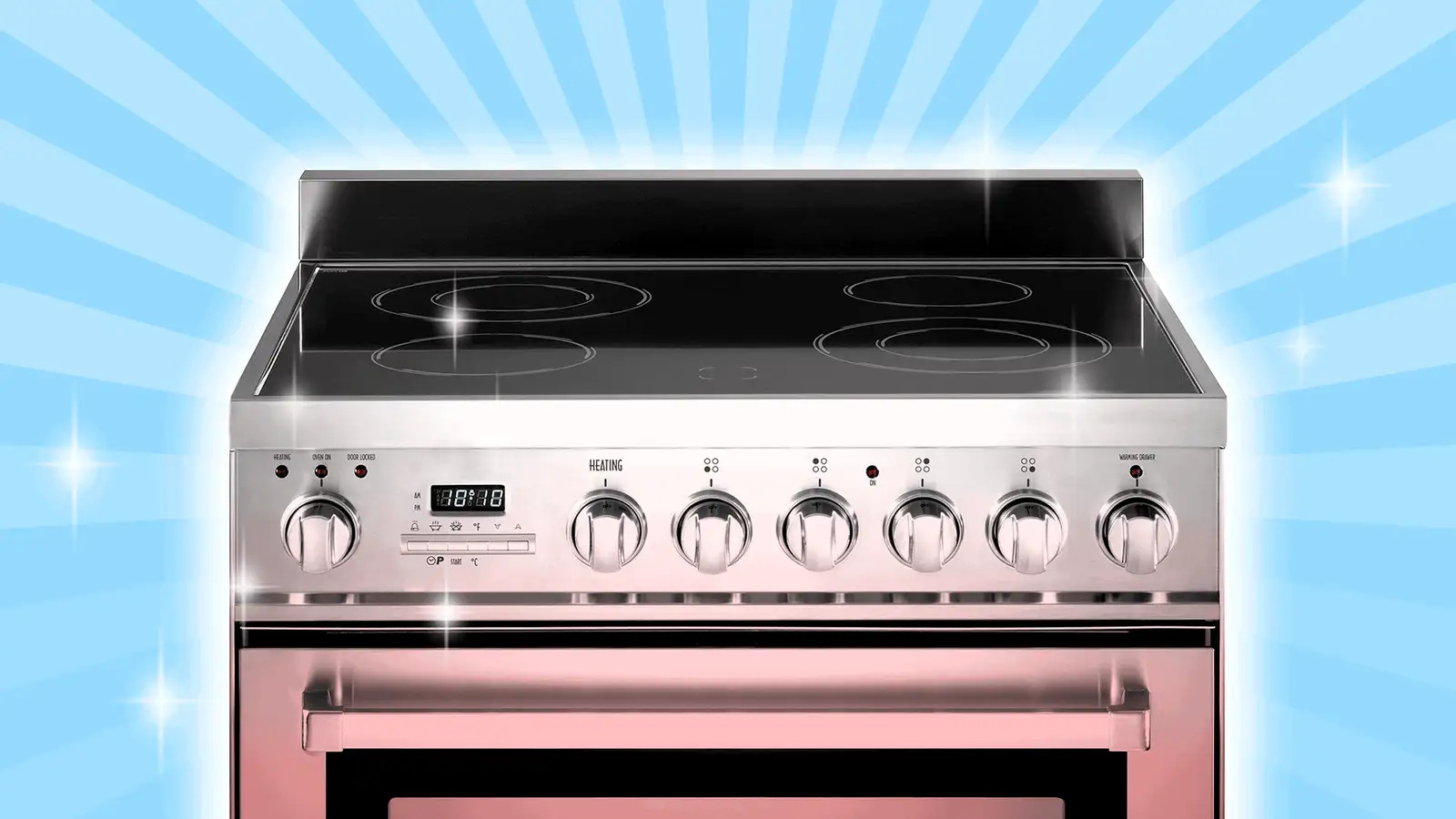
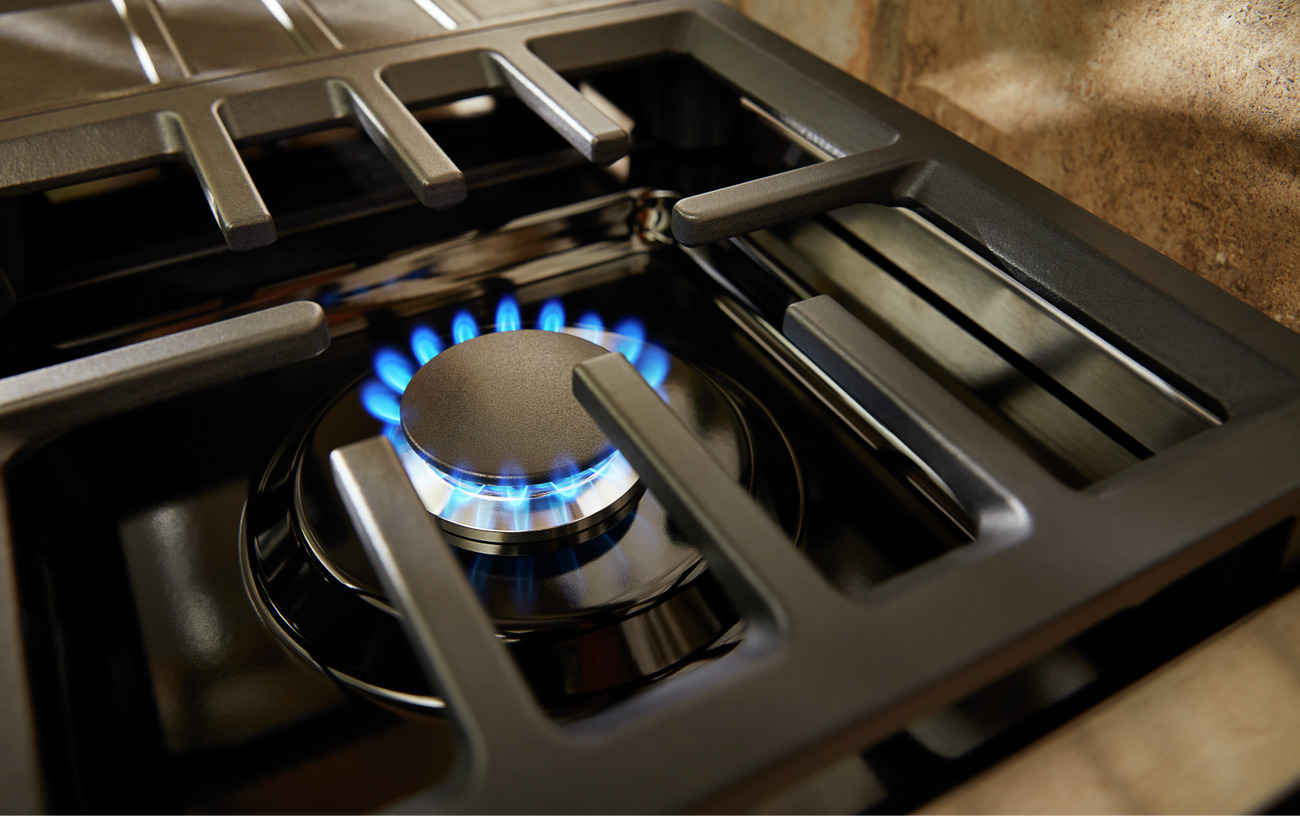
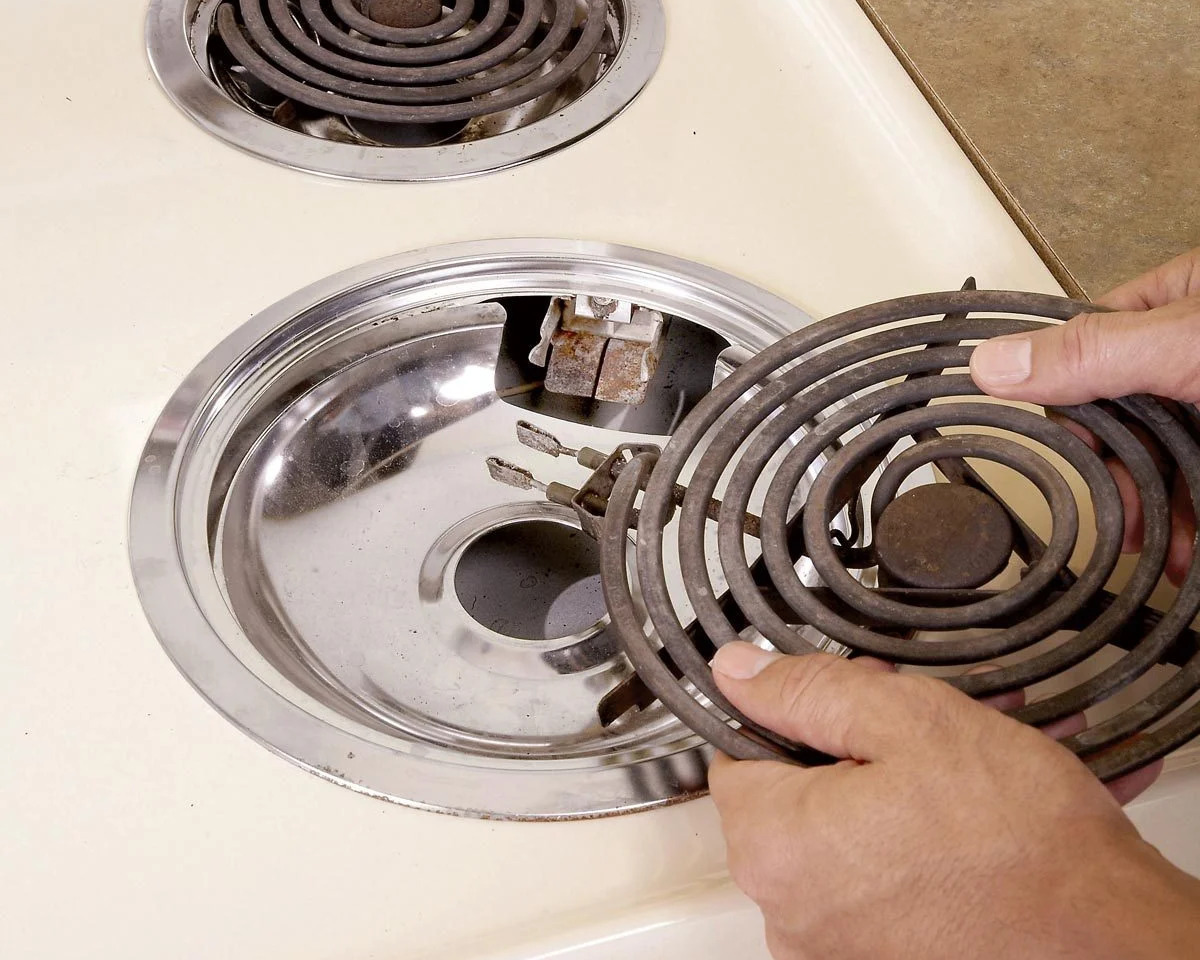
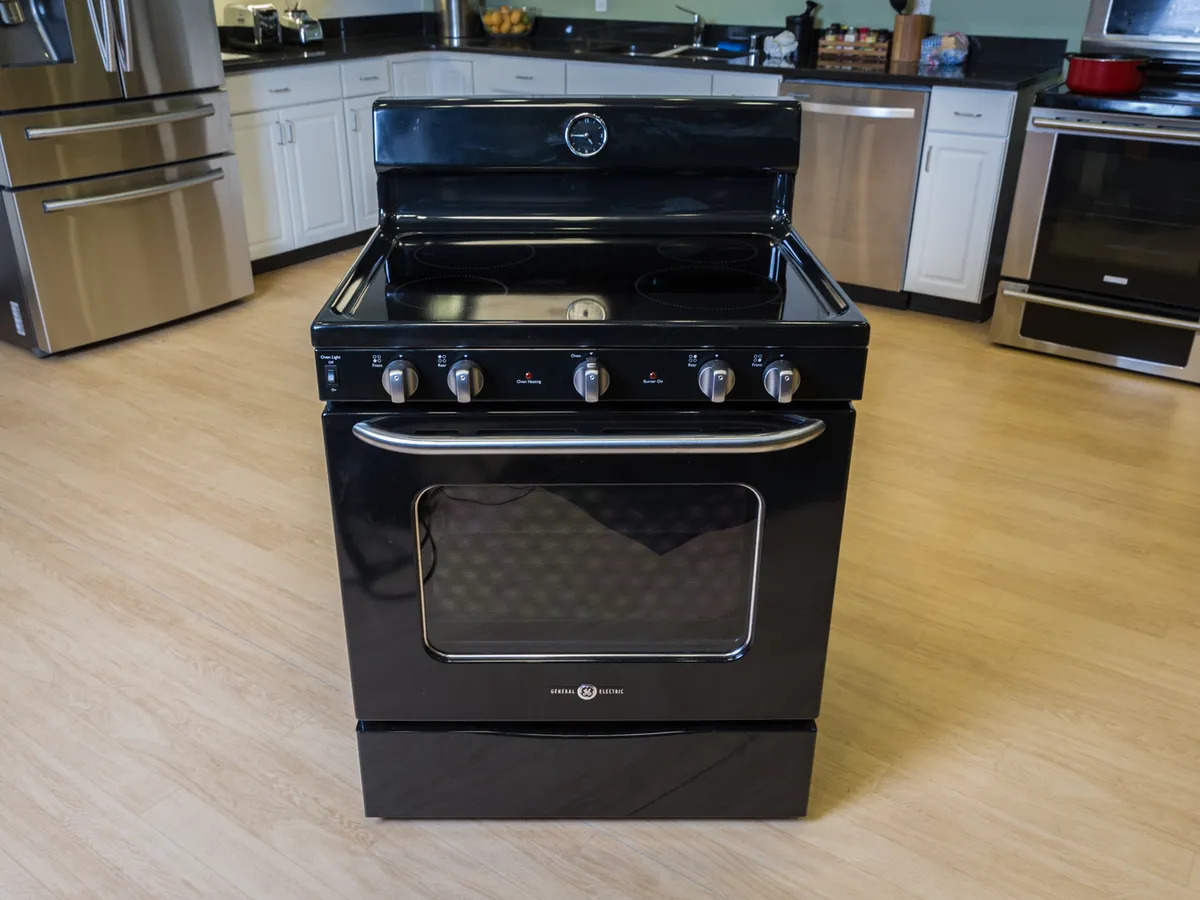
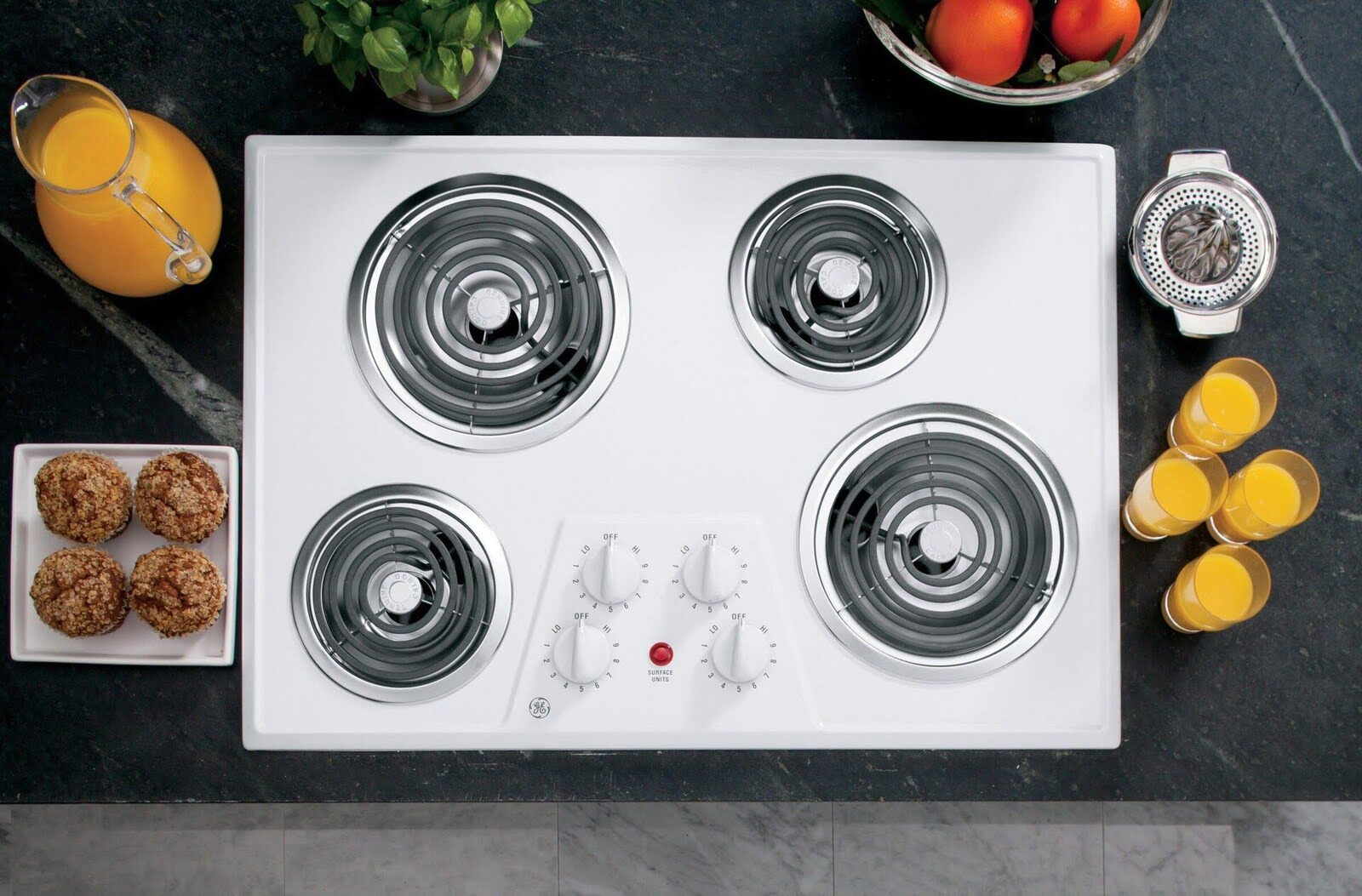
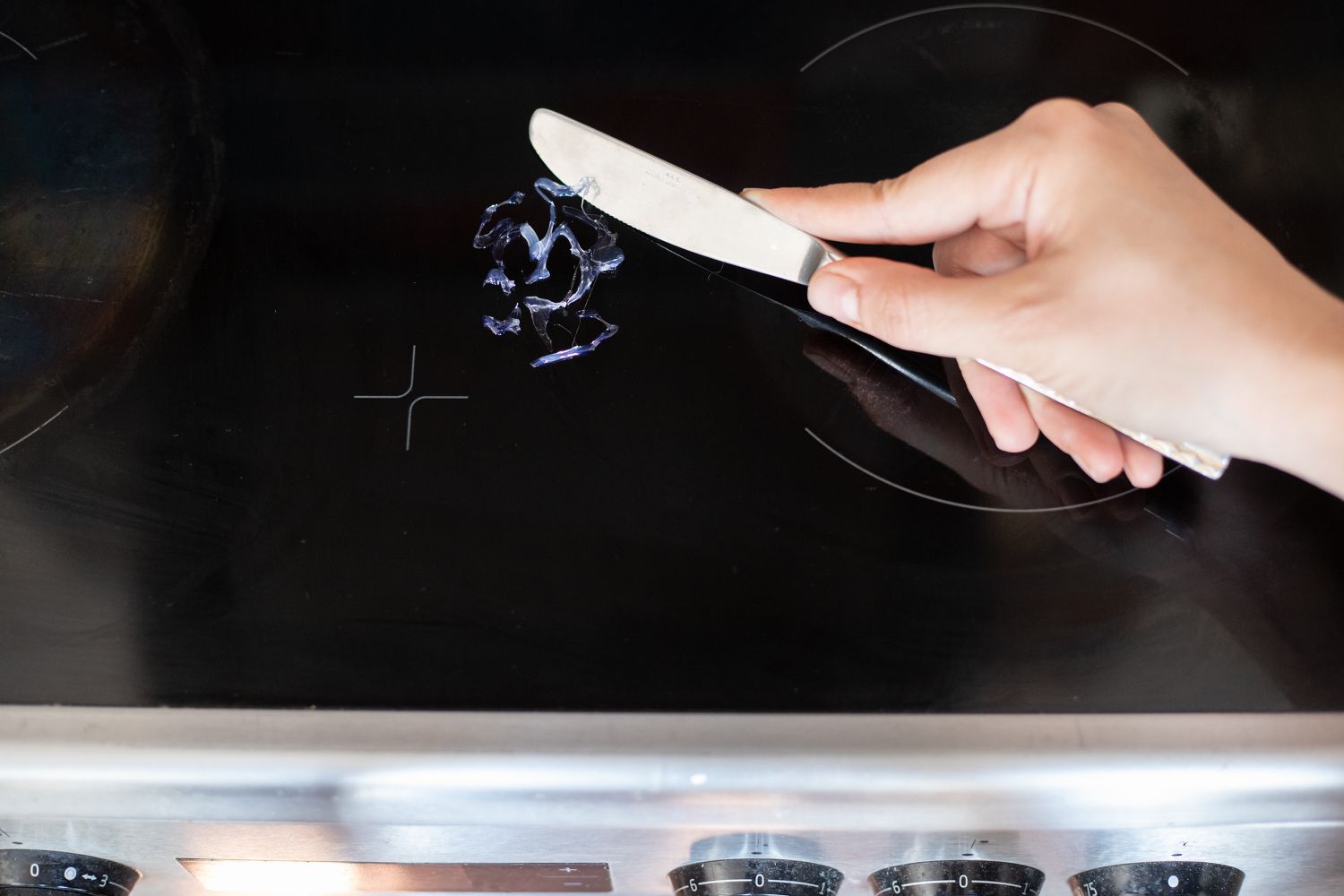
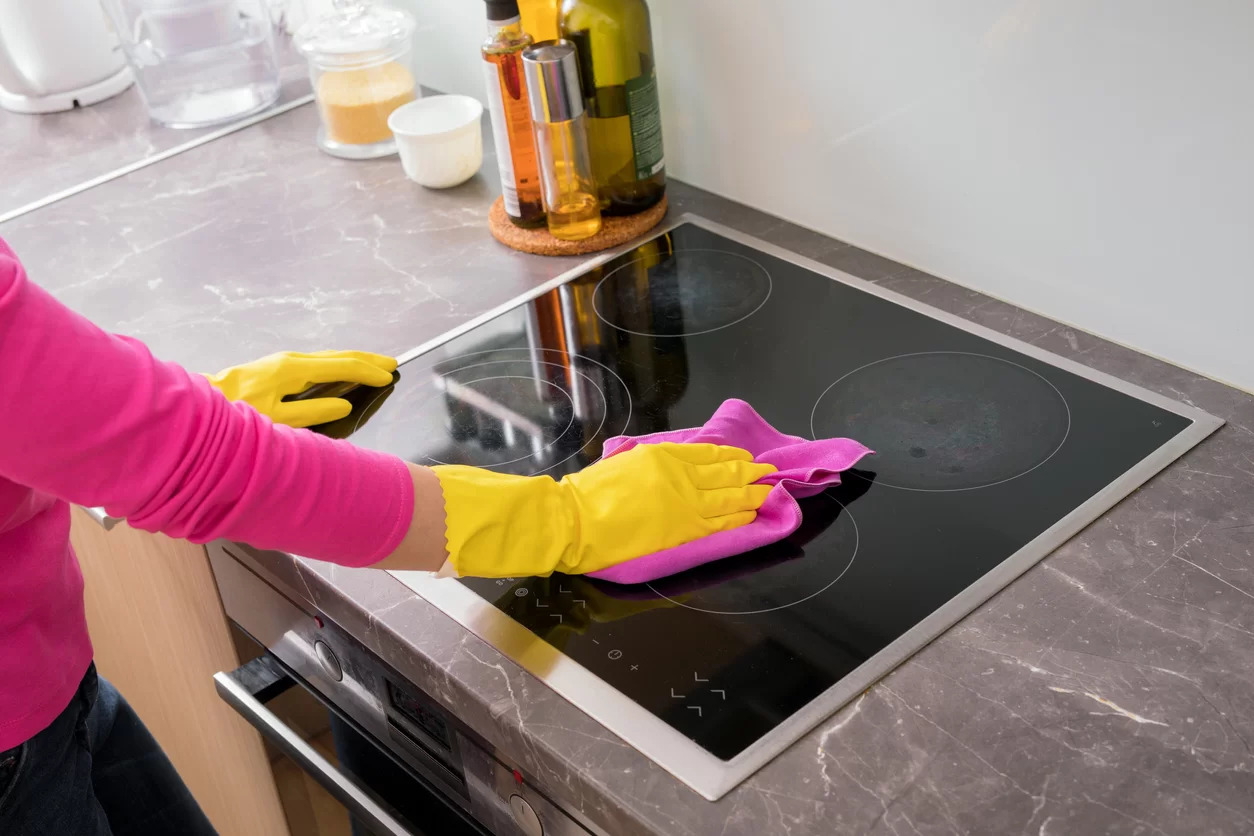
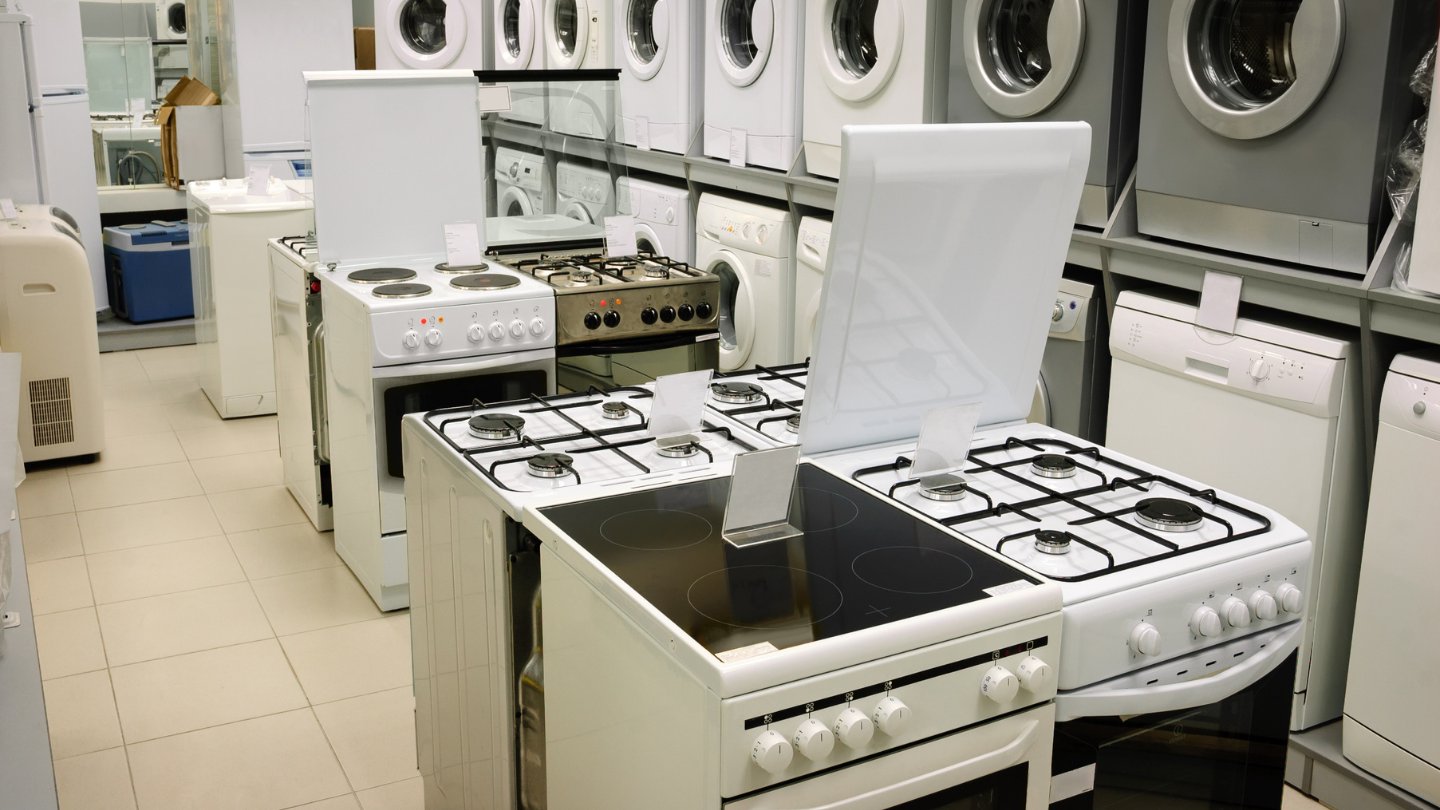
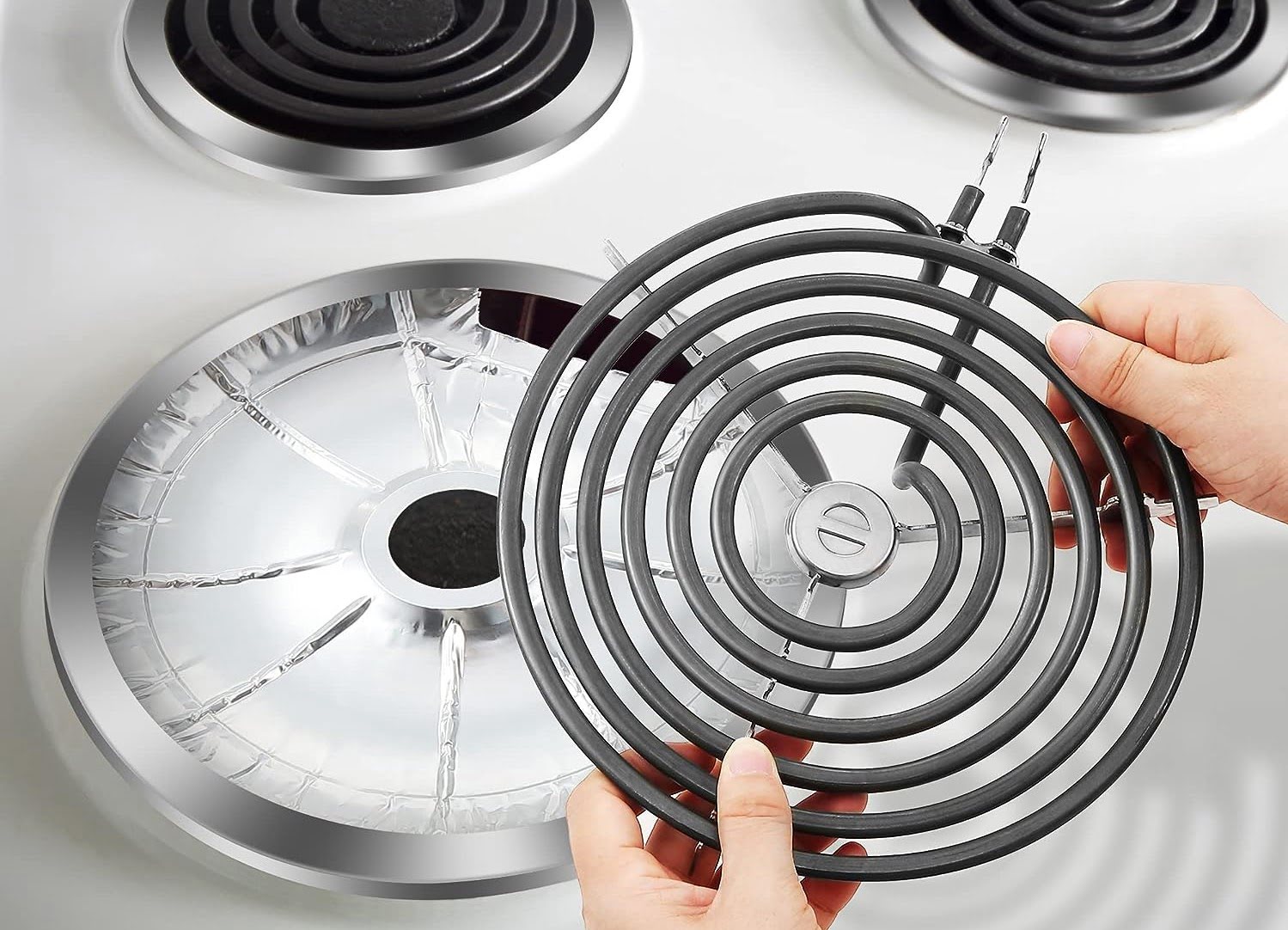

0 thoughts on “How Electric Stove Burners Work”